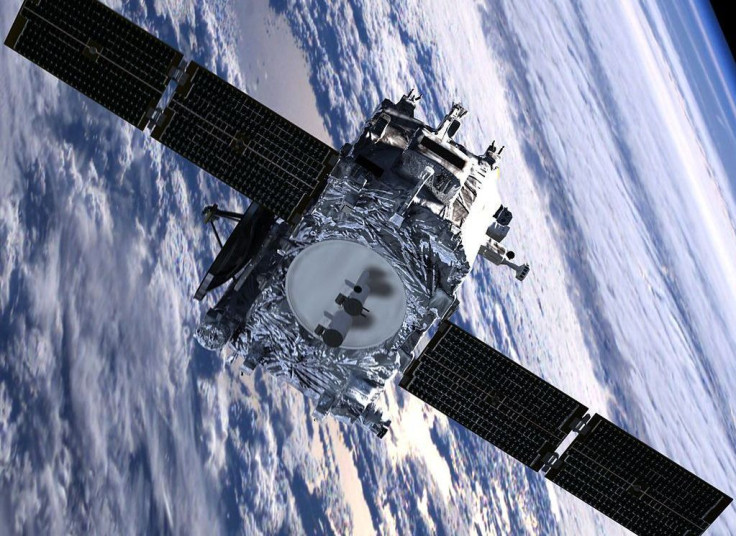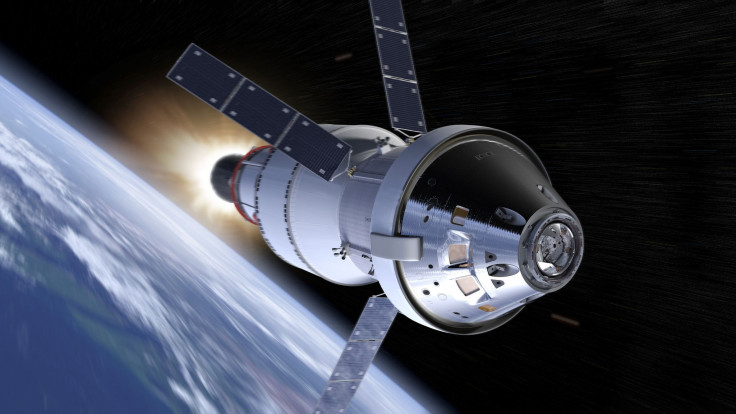NASA’s Cosmic GPS System For Astronauts Launching This Month

NASA is preparing to launch its Deep Space Atomic Clock (DSAC) through SpaceX’s Falcon Heavy spacecraft later this month. According to the space agency, the cosmic clock will work like a GPS system that astronauts can use for navigation.
The DSAC is similar to the atomic clock devices used to maintain the time on smartphones. These devices allow GPS applications to calculate and map out routes based on the time it takes for the signal to travel from the location of the smartphone to the atomic clock.
According to NASA, the DSAC will function like a GPS system in space. Originally, spacecraft depended on the atomic clocks on Earth for navigation. However, due to the distance between the spacecraft and the location of the clock, the exchange of information can get delayed.
By sending the DSAC to space, NASA aims to provide astronauts with accurate and real-time information as they navigate space.
“If we want humans to explore the solar system, we need a better, faster way for astronauts aboard a spacecraft to know where they are, ideally without need to send signals back to Earth,” NASA said in a statement. “A Deep Space Atomic Clock on a spacecraft would allow it to receive a signal from Earth and determine its location immediately using an onboard navigation system.
Conventional clocks rely on quartz crystal vibrations to determine time. Unfortunately, these vibrations can be affected by temperature changes and magnetic fields, causing the time reading to change.
For the DSAC, NASA used mercury ions contained in electromagnetic traps. According to the space agency, the composition and design of the DSAC make it less sensitive to external factors.
The DSAC will fly around space through the Orbital Test Bed satellite, which will serve as one of the payloads aboard the SpaceX Falcon Heavy when it launches on June 22 at 11:30 pm EDT. Aside from the DSAC, the Falcon Heavy spacecraft will also contain other payloads including about 20 satellites that will be part of the U.S. Department of Defense’s Space Test Program - 2.
The launch will take place at the Kennedy Space Center in Florida and will be streamed through NASA’s website.

© Copyright IBTimes 2024. All rights reserved.





















